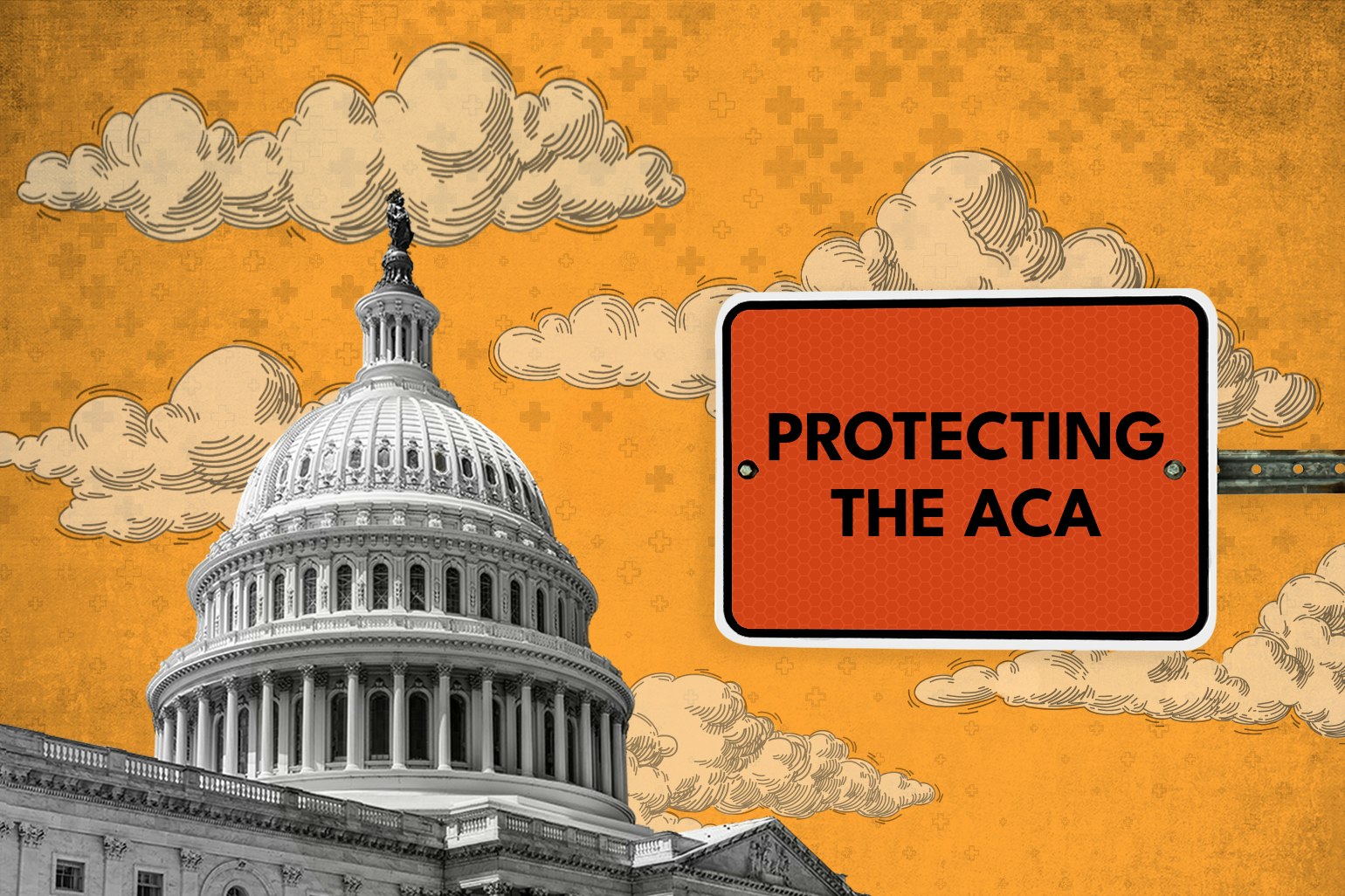Red States Depend on ACA Coverage Too

Millions of middle and working-class families will see a major increase in their annual health care premiums if Congress doesn’t act. Since 2021, premiums for health care coverage offered through the Affordable Care Act’s (ACA) individual Marketplace have been capped at 8.5% of the enrollee’s annual income through an enhanced tax credit. These tax credits have made coverage much more affordable for millions of families—especially in red states. In this memo, we show how the ACA expansion has largely benefited red states and how residents of these states will see their premiums skyrocket without action.
ACA Coverage is a Lifeline for Red States
The enhanced premium tax credits have helped make coverage more affordable for millions of families throughout the country. In fact, residents of red states have seen an outsized benefit.1 In red states, 8.5% of residents have benefitted from an ACA tax credit this year, compared to just 3.2% of residents in blue states won by Harris. That means that the proportion of people in red states benefiting from premium tax credits is nearly three times the rate in blue states.2
The number of people in red states who received an ACA tax credit this year—17 million—has grown significantly over the years. In red states, the number of residents receiving a credit has skyrocketed from six million in 2020 to more than 17 million.3 The vast majority of those families will see a much smaller credit or stop receiving one altogether if enhanced credits expire.
Red States Will Bear the Brunt of Increasing ACA Costs
Without extension, families in red states would see their annual premiums increase by an average of $618.4 And that’s just the average, meaning many families will see an even steeper spike—some as high as $24,000 to $45,000 each year. The increase in premium costs will impact families across the income spectrum, straining working-class and middle-class families who are already struggling to make ends meet.
See how the failure to extend the enhanced tax credits would impact all red states:

*Please note that information for blue states on the number of residents benefitting from a premium tax credit for can be found here and on premium increases can be found here.
The Bottom Line
If Republicans ignore the expiring ACA tax credits, the data is clear—their home communities are going to suffer as a result. If lawmakers care about protecting their communities from rising costs, they need to act quickly to keep health care costs down for their constituents.
Downloads
Endnotes
For purposes of all analysis in this piece, all states won by President Trump in 2024 and/or those represented by at least one Republican Senator are considered red states, and states won by Vice President Harris without one or more Republican Senator (including DC) are considered blue states.
These percentages were determined by finding the total number of red state and blue state residents who received an advanced Premium Tax Credit in 2025 and dividing that total by the overall population of all red states and blue states.
Data comes from KFF’s “Estimated Total Premium Tax Credits Received by Marketplace Enrollees” database for years 2020 – 2025 in red states.
Data comes from KFF’s “Inflation Reduction Act Health Insurance Subsidies: What is Their Impact and What Would Happen if They Expire?” and the authors’ calculations for states with state-based exchanges from the Centers for Medicare and Medicaid Services’ “2024 Marketplace Open Enrollment Period Public Use Files” and KFF’s "How Much More Would People Pay in Premiums if the ACA’s Enhanced Premium Tax Credits Expire?" (accessed 10 Sep. 2025).
Subscribe
Get updates whenever new content is added. We'll never share your email with anyone.


